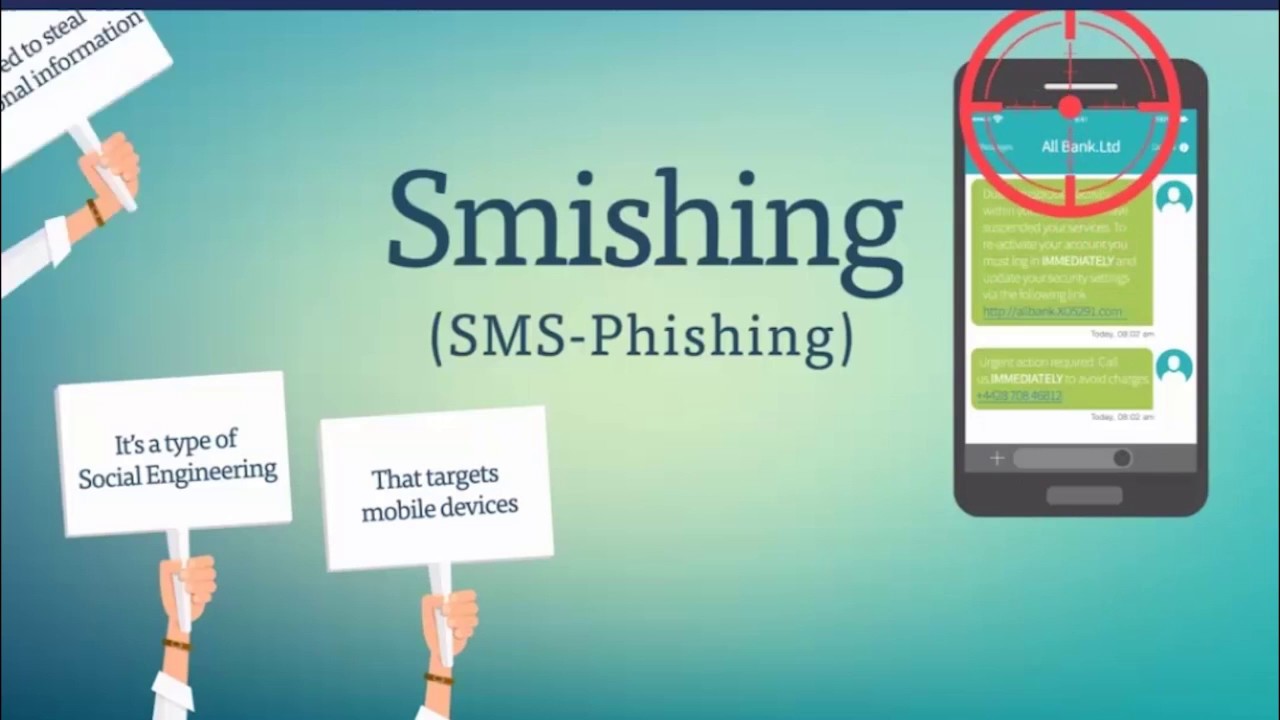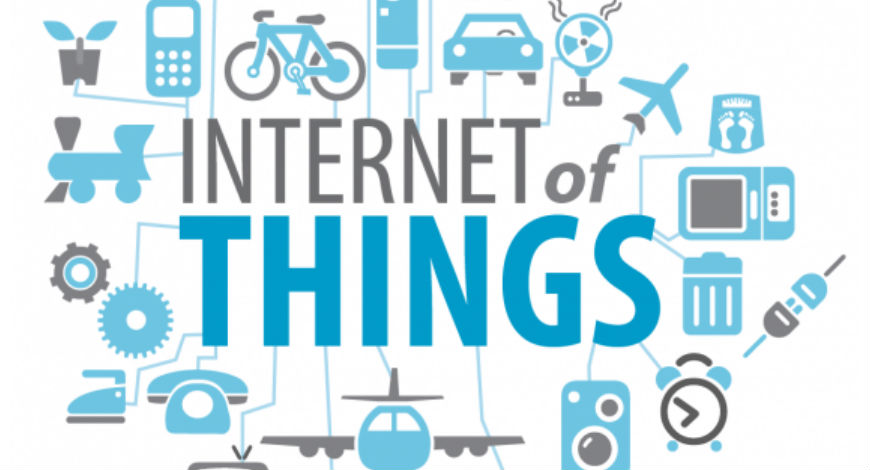SMiShing is a security attack in which the user is tricked into downloading a Trojan horse, virus or other malware onto his cellular phone or other mobile device. Identity thieves have found a new way to get to your personal information through your cell phone by pretending to be legitimate businesses or financial institutions. This practice is known as SMiShing and you don't have to use your computer to be vulnerable to online scammers. SMiShing is a type of social engineering that uses cell phone text messages to persuade victims to provide personal information such as credit/debit card details, PINs, etc. SMiShing is a derivative of Short Message Service (SMS, which is the communications protocol used for sending text messages on cell phones) - plus Phishing. The incoming text message, which contains a virus, will be a legitimate looking website address or more commonly, a phone number that connects to an automated voice response system, which then asks to confirm your personal details...
SMISHING aka "SMS phishing.



